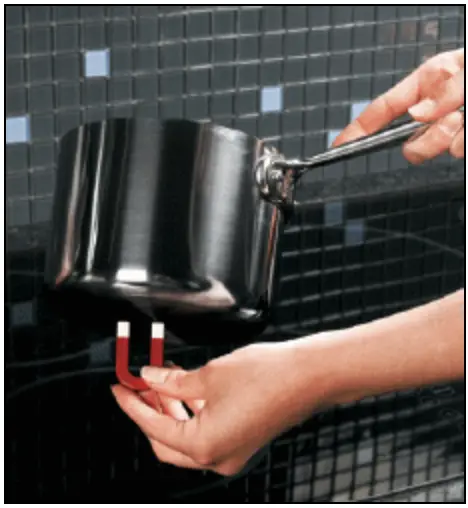Traditional gas or electric cooktop is not the same as an induction cooktop. To utilize it, you’ll need specific cookware. But, what cookware can work on an induction cooktop?
Induction cooking has many benefits over traditional cooking methods. It is gaining popularity all around the world. However, your favorite cookware may not work with an induction cooktop.
You can do a few things to ensure you’re buying the proper cookware. There’s even a technique to get non-induction-compatible pans to function on your stove.
In our recent article, we talked about how to find the right induction cookware. You can learn the science behind the induction cooktop by reading more about it.
What Materials Are Compatible With An Induction Stove?
Do you think your pots and pans will work on your induction cooktop? Pots and pans have magnetic material to work on induction cooktops.
What materials are magnetic? It can be either iron or iron-based and steel. Induction cooking works by exciting the iron atoms in cookware. Induction cooking heats the iron atoms in cookware. Your pots and pans should have enough iron to heat up.
Cast iron, enamel cast iron, and stainless steel cookware are magnetic cookware. They are all induction compatible, regardless of brand.
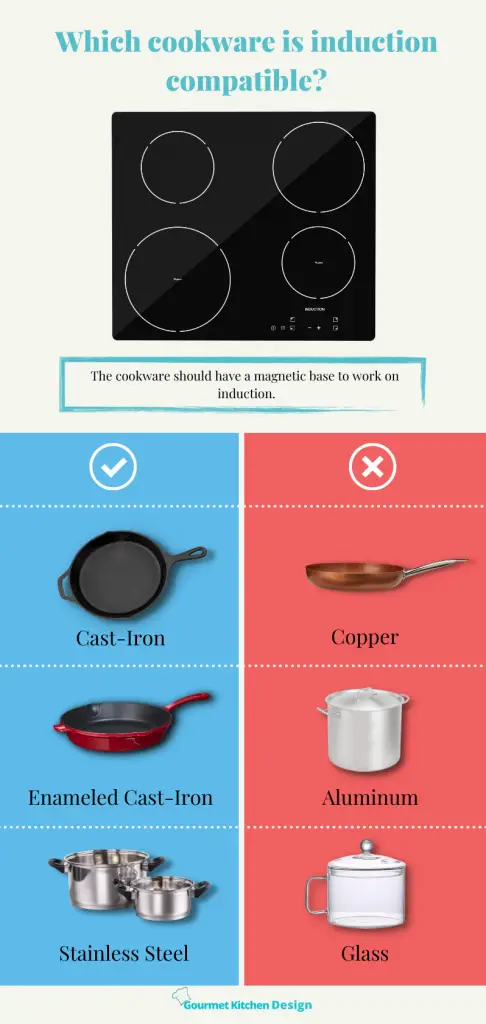
Pros and Cons Of Every Material
Every material has its pros and cons. And to help you decide what material of induction cookware will suit your needs, we will be discussing the pros and cons of each.
Stainless Steel Cookware
Pros:
+ It can withstand high temperatures.
+ There is no health or safety concern because no chemicals like non-stick coating can break down over time.
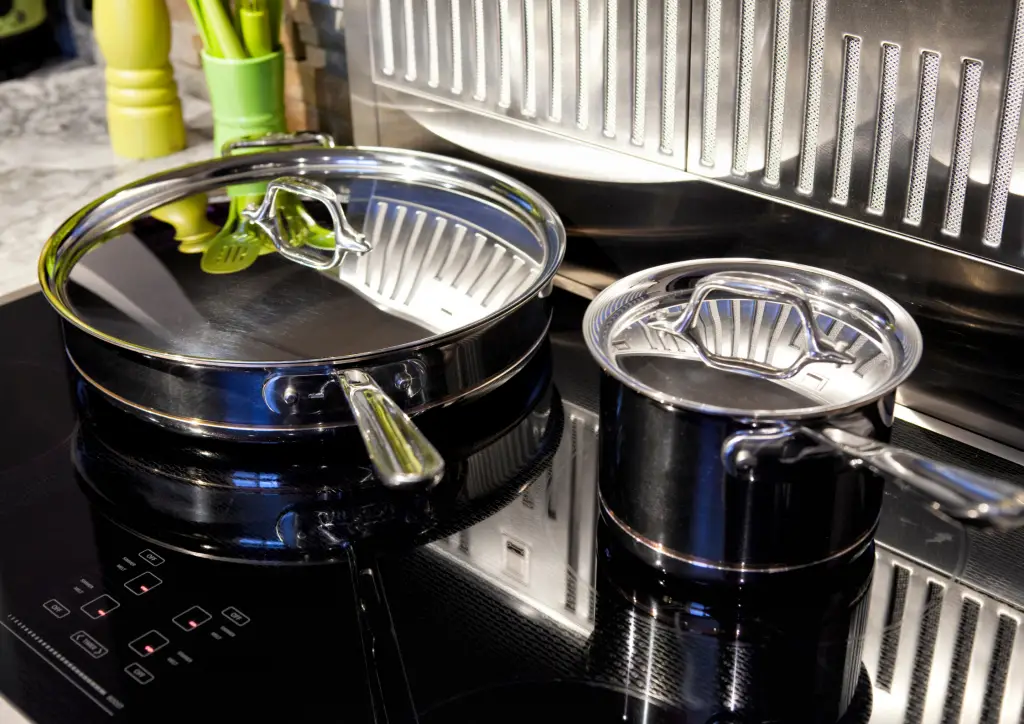
+ It works on a variety of cooktops, including gas, electric, and induction. Make sure your stainless steel cookware’s base is composed of stainless steel as well. Other high-end brands use aluminum or copper for the base.
Cons:
– Your foods can stick on the stainless steel cookware.
– The heat distribution in stainless steel cookware is poor.
– Cleaning might be difficult since food sticks to the cookware’s surface. Brown stains or discoloration can develop on the pans or pots.
Cast-Iron Cookware
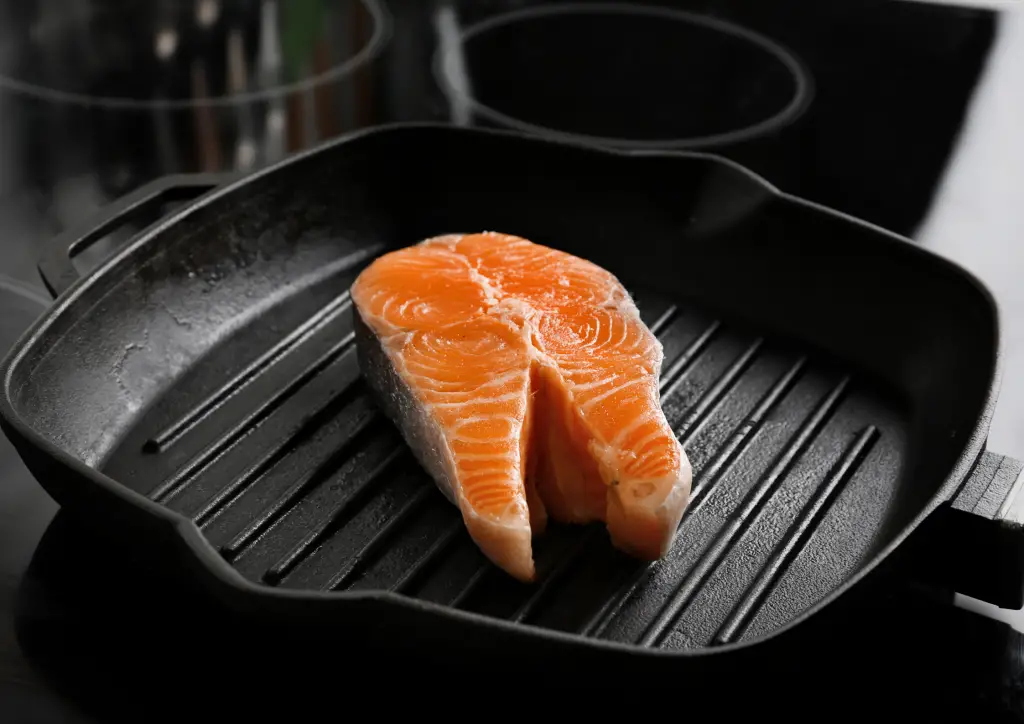
Pros:
+ It can naturally add iron to your foods.
+ It retains heat for a more extended time.
+ A well-seasoned cast iron is much easier to clean than stainless steel.
Cons:
– It is heavier compared to other cookware.
– Bare cast iron needs reseasoning for the food not to stick.
– Bare cast iron is not the best when it comes to boiling water and cooking acidic foods.
Enamel Cast-Iron Cookware
Pros:
+ Non-stick surface that might not need reseasoning.

+ Rust-free if the enamel coating remains undamaged.
+ Available in different colors that can fit your kitchen decor.
Cons:
– Heat conductivity is slower compared to seasoned cast iron.
– It is heavy in terms of weight, unlike stainless steel cookware.
– The coating can chip or scratch. You have to use utensils without metal. If you want to prevent chips from your enamel cast iron, check it here.
How to check if your cookware is induction compatible?
If you’re not sure if your cookware is induction compatible, you can test it out. It’s effortless to check if your cookware is induction compatible.
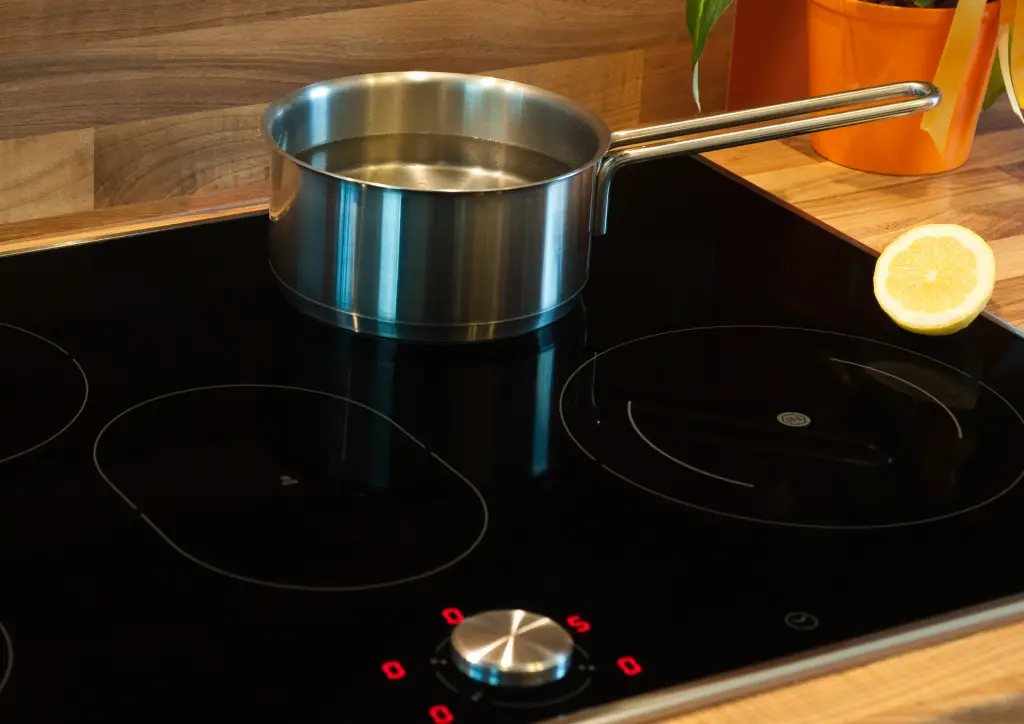
You can be sure that your cookware is induction-ready if it has a flat base and attracts magnets. You can even check it using refrigerator magnets.
A wok, for example, will still attract magnets but will not work on an induction stove. Why? Since there isn’t a flat surface on a wok.
There are only two requirements: it must have a flat base, and it must attract magnets.
If you don’t have a magnet at home, as an alternative, you can try pouring water into the pan you want to test. On your induction cooktop, place the water-filled pan. It’s induction compatible if the water heats up.
We also have some induction cookware life hacks for you to try. You can use non-induction cookware on an induction stove with these tips and tricks!
Steps To check if your cookware is induction ready
Simply use a magnet to check the compatibility of your pans and pots for use on an induction cooktop.
Step 1: Place a magnet on the bottom of the pan or pot you’re testing.
Step 2: The cookware is induction-ready if the magnet sticks to the underside.
Step 3: If the magnet attracts the pan softly, you won’t be able to use it on an induction stovetop.
Step 4: If the magnet has no pull, it is missing the suitable metals and will not generate heat.
Manufacturers are now beginning to indicate that the cookware is induction compatible. The symbol used for this can be a horizontal zigzag or a coil.
People Also Ask
What happens if you use a normal pan on an induction hob?
The induction hob ring will not activate if a regular pan or pot is used on it. This is due to the fact that an induction stove requires a pan to be composed of ferrous metal, or contain a ferrous metal base. This completes the stove’s circuit, turns on the burner, and gets the pan to the desired temperature.
How can I tell if my cookware is ready for induction?
If you put a magnet on the bottom surface of a pan to see if it sticks, you can tell if the pots and pans you are using are magnetic. You can also look for the induction symbol on the bottom of your pots and pans. This is what an induction symbol looks like.
Does an induction stove warp the cookware?
Your cookware may be getting warped by your induction stove. In particular, the middle of your pans and pots could change shape or become deformed over time. The induction stove works by heating up the circle that shows you where to put your pot or pan when you’re ready to cook.
Conclusion
It’s not difficult to choose the proper cookware material for your induction cooktop. Induction cookware includes stainless steel, cast iron, and enamel cast iron.
All materials have advantages and disadvantages; the choice is based entirely on your needs. Unlike cast iron and enamel cast iron, stainless steel products can resist high temperatures. However, you must be cautious when buying stainless steel cookware because the base material may not be stainless steel but rather copper.
If you want to test your pans and pots, you can use a magnet. If it clings to the bottom of the pan, it’s ready for induction cooking.
You can use pan adapters if you’re worried that your favorite cookware won’t work on your induction stove. Heat diffusers for induction cooktops can be placed under your pans to make them work on an induction cooktop.
Have you put your kitchenware to the test at home? Let us know if it works in the comments!


